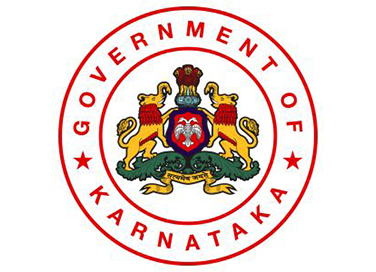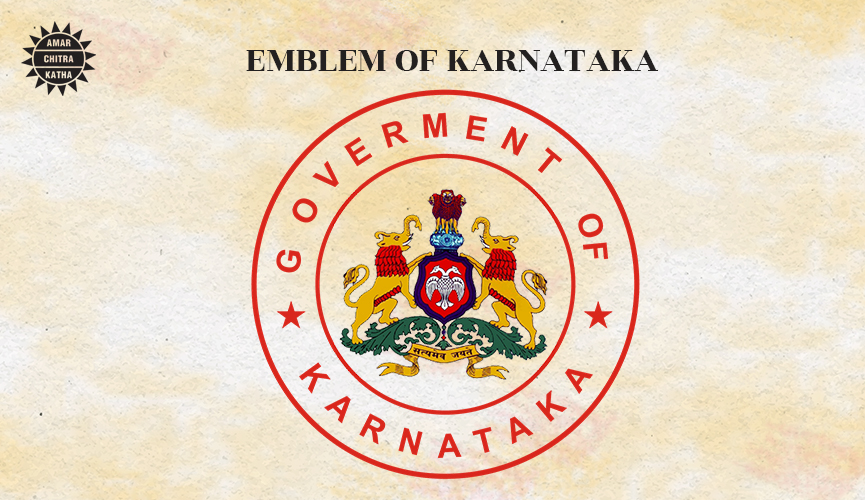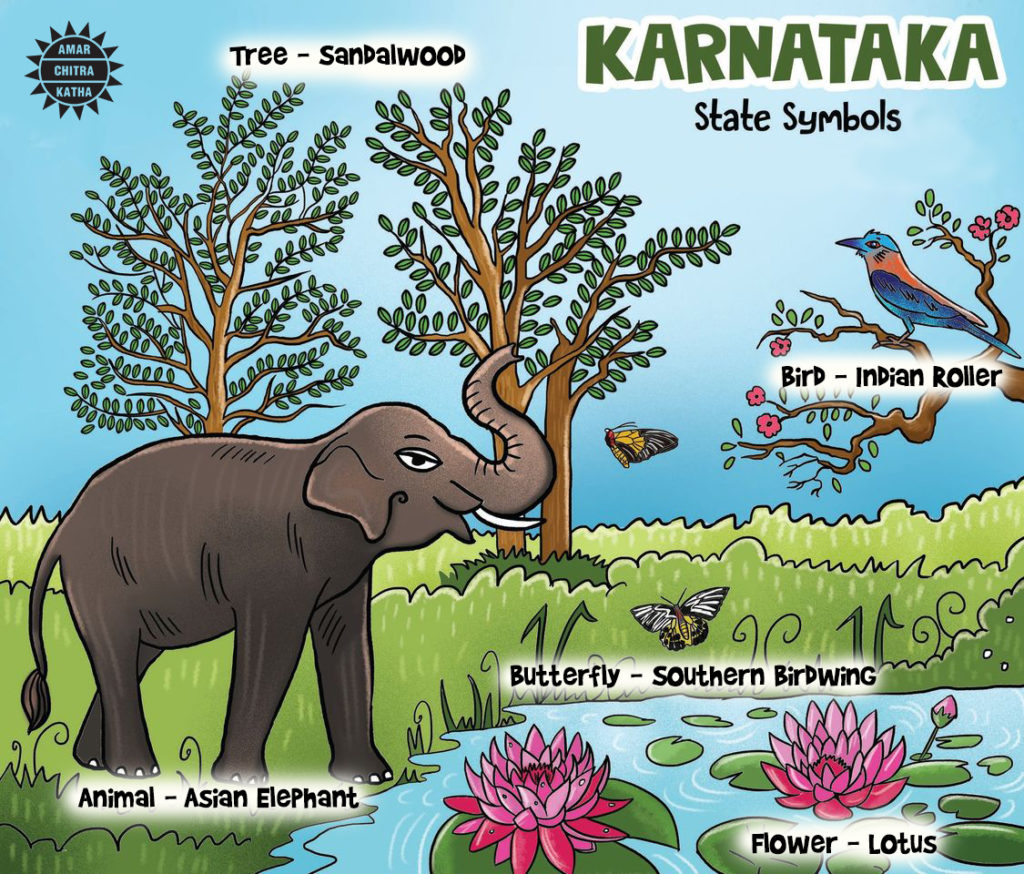The Story of Karnataka
- May 21, 2022


The Story of Karnataka
- May 21, 2022
By Srinidhi Murthy
Formed as an Indian state on November 1, 1973, Karnataka is the sixth largest state by area and the eighth largest by population. It has been home to many empires of ancient and medieval India including the mighty Vijayanagara empire. The history of the state has given it so many monuments, traditions and stories to tell.

Karnataka has witnessed the reigns of many well-known dynasties. The region was a part of the Nanda empire before the third century and then came under the control of Ashoka, the ruler of the Mauryan empire. Later, it was ruled by the Satavahana dynasty for four centuries. It has also witnessed the rise and fall of many dynasties including the Kadamba, Western Ganga and Hoysala, in the following centuries. The age of Hoysalas (10th – 14th century) was an important period in its development in the field of architecture, literature, and arts. Well-known temples such as the Chennakesava Temple, Somnathpur, Belur, the Hoysaleswara Temple and Halebidu are great surviving examples, which show the architectural talents of the Hoysalas. The Hoysala rulers were also patrons of fine arts and encouraged Kannada and Sanskrit literature to flourish during their rule.
To receive more such stories in your Inbox & WhatsApp, Please share your Email and Mobile number.
During the early 14th century, the region witnessed the rise of the Vijayanagara empire. Harihara I and Bukka Raya I founded the Vijayanagara empire with Hosapattana (later renamed Vijayanagara) as its capital, on the banks of the Tungabhadra river, in the present-day Bellary district. It was under the rule of Krishnadevaraya, who reigned from 1509 to 1529, that art, literature, and architecture flourished in the region. Many Telugu, Sanskrit, Tamil and Kannada poets enjoyed the patronage of the king, who himself was fluent in many languages. Unfortunately, the death of Aliya Rama Raya, the son-in-law of Krishna Deva Raya, during the battle of Talikota in 1565, against the alliance of Delhi Sultanates, led to the decline of the Vijayanagara empire and the destruction of Hampi. The example of Vijayanagara architecture can be still seen today in the ruins of Hampi.

Following the defeat of the Vijayanagara Empire in 1565, the Bijapur Sultanate rose as the main power in the Deccan. Soon, they were also defeated by the Mughal rulers in the late 17th century. The Wodeyars of Mysore, former vassals of the Vijayanagara Empire, leased the state from Aurangzeb, the Mughal emperor in the 17th century. After the death of Krishnaraja Wodeyar II, Haidar Ali, the commander-in-chief of the Mysore army, gained control of the region. To prevent European expansion in South India, Haidar Ali and later his son, Tipu Sultan, fought four significant Anglo-Mysore Wars. The last Anglo-Mysore war resulted in the death of Tipu Sultan and Mysore was finally annexed to the British Raj in 1799.
When the East India Company introduced the Doctrine of Lapse, many revolutionaries from the region like Kittur Rani Chennamma and Sangolli Rayanna started their rebellions in 1830, nearly three decades before the revolt of 1857. The Revolt of 1857, also known as the First War of Independence, was led by revolutionaries such as Mundargi Bhimarao, Bhaskar Rao Bhave, the Halagali Bedas, Raja Venkatappa Nayaka and others. By the end of the 19th century, the freedom movement had gained momentum all over the nation. Karnad Sadashiva Rao, Aluru Venkata Raya, S. Nijalingappa, Kengal Hanumanthaiah, Nittoor Srinivasa Rau and others from the state, carried on the freedom struggle into the early 20th century.
After the independence, the Wodeyar Maharaja acceded to India. In 1950, Mysore became an Indian state, and the former Maharaja performed his role as its governor until 1975. According to the States Reorganization Act of 1956, parts of Coorg, Madras, Hyderabad, and Bombay states were incorporated into the state of Mysore. On 1 November, 1956, the state of Mysore was formed and since then every year, 1 November is celebrated as Karnataka Rajyotsava Day. In 1973, Mysore state was renamed Karnataka.
The state produced many artists, authors, historians, social workers and Bharat Ratna recipients who provided their valuable contributions to the development of the society. Some of the notable people from Karnataka in the Republic India are C.B. Muthamma, the first Indian woman IFS officer, Shakuntala Devi, popularly known as the Human Calculator, Tirumalai Krishnamacharya, also known as the Father of Modern Yoga. Karnataka has also produced archaeologists such as Shikaripura Ranganatha Rao, who led teams that discovered a number of Harappan sites including the port city Lothal and Bet Dwarka in Gujarat, and Paduru Gururaja Bhat, an archaeologist of the Tulu kingdom. Bharat Ratna recipients, Sir M.Visvesvaraya, Pandit Bhimsen Gururaj Joshi, and Chintamani Nagesa Ramachandra Rao (C.N.R. Rao), for their contributions in the fields of engineering, music and science respectively, were also from Karnataka.
During the early 1900s, industrial visionaries such as Sir Mokshagundam Visvesvarraya played a crucial role in building a strong manufacturing and industrial base in Karnataka. Currently, the state has the nineteenth highest ranking among Indian states on the Human Development Index (HDI). It has the sixth-largest economy of any Indian state and is the manufacturing hub for some of the largest Indian public sector industries including National Aerospace Laboratories, Hindustan Aeronautics Limited and Bharat Earth Movers Limited, which are headquartered in Bangalore. It also has many tourist places to visit such as Jog Falls, Mysore Palace, Nandi Hills, Hampi and Lalbagh Botanical Gardens.
To receive more such stories in your Inbox & WhatsApp, Please share your Email and Mobile number.

Comic of The Month
The Naval Journey of India Book I
This book is the first of a three-book series that takes a deep and detailed look at India's Naval History and a deep insight into the lives of our men and women in white. But any series on the Indian Navy has to start at the very beginning - exploring India's celebrated maritime history. Join our little hero, Bharat, and his grandfather, Commodore Sagar, as they sail into the deep blue waters of time. Book I of The Naval Journey of India takes a sweeping look at India's maritime endeavours, how the seas impacted us over millennia and how the oceans made us who we are.